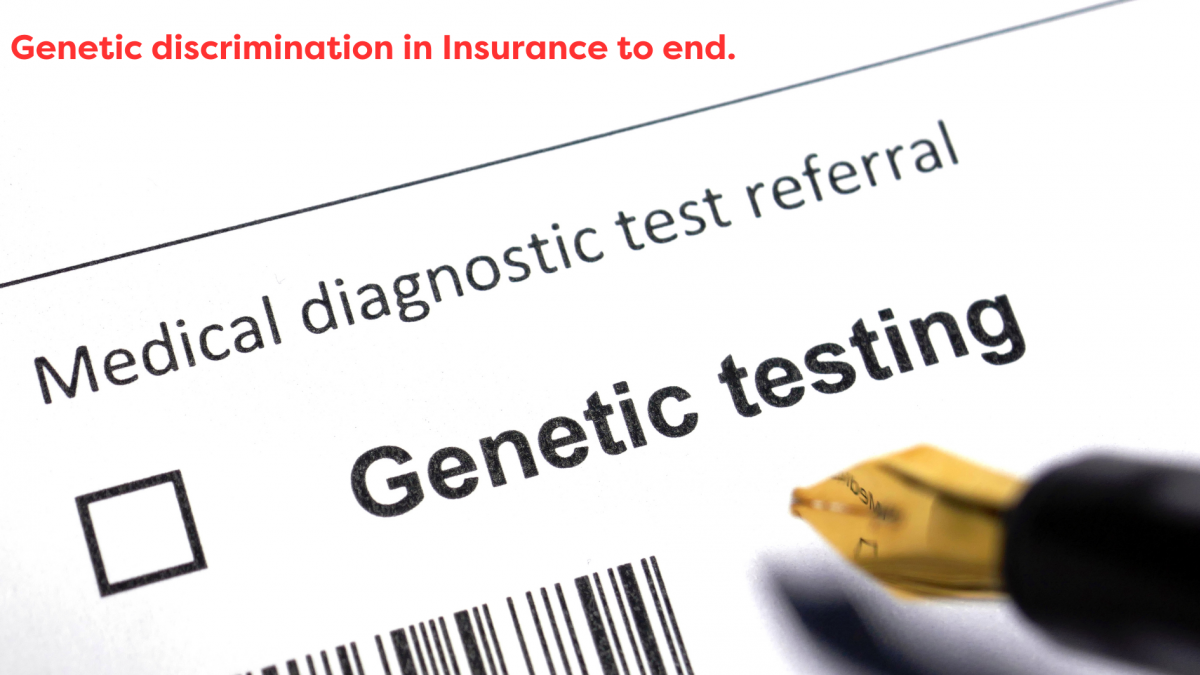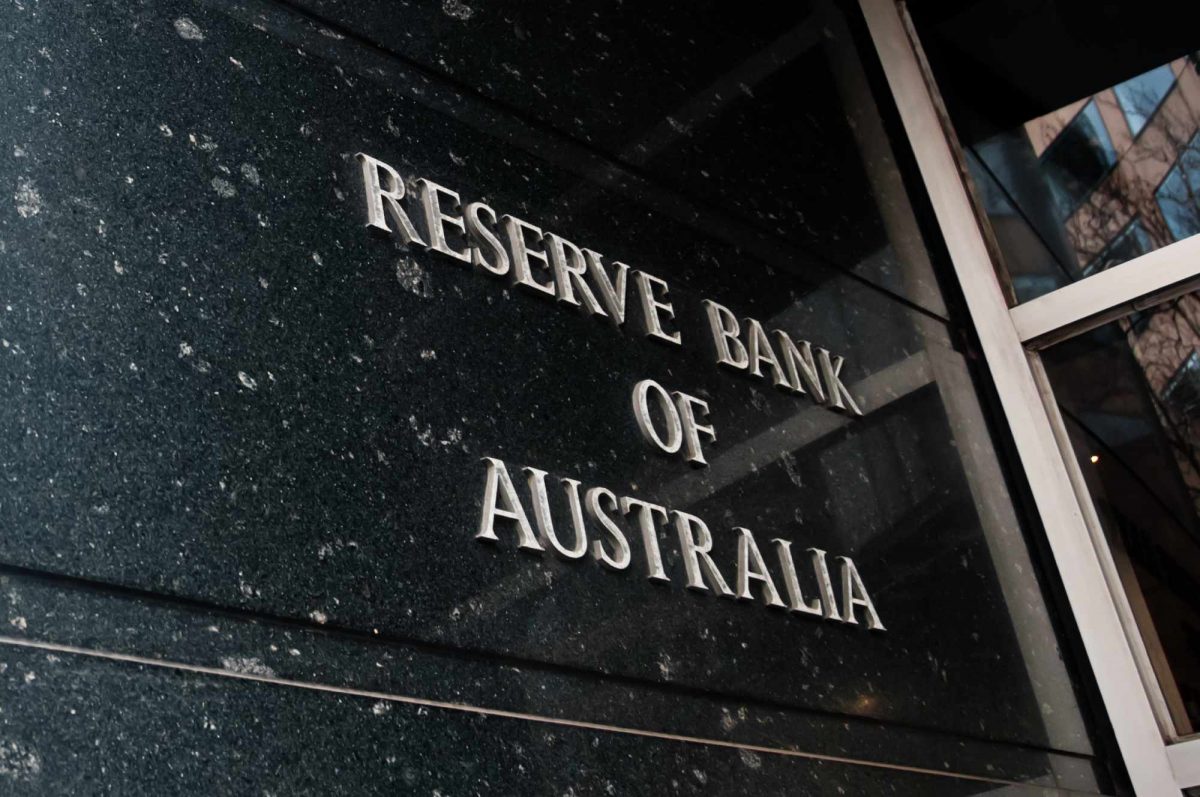The Federal Court recently decided against a sports company that wanted to claim tax benefits for research and development (R&D) work on an Australian signature basketball shoe.
The case brings to mind the success of Nike’s Air Jordan shoes, famously highlighted in the movie Air. Originally, Nike expected these shoes to earn $3 million by the fourth year. However, they became a massive success, earning $126 million in the first year alone. Nike sold 1.5 million pairs within six weeks. Marketing played a big role, hinting that the colorful shoes violated NBA rules. Today, the Jordan brand is a key part of Nike’s success. By May 31, 2024, it was worth $7 billion and saw a 6% increase in sales during the fourth quarter.
In Australia, Peak Australia tried to replicate similar success with the Delly1 shoe. This shoe was designed with the help of Matthew Dellavedova, an Australian Olympian and NBA champion. Dellavedova worked closely on the shoe, stating in interviews that he wanted it to be low-cut, lightweight, and comfortable for defending quick players in the NBA. He said the team made small adjustments based on his feedback during the testing phase.
However, the key question was whether the work done to create the Delly1 shoe qualified as R&D under tax law.
How R&D Tax Incentives Work
Australia’s R&D tax incentive program is meant to encourage companies to perform research they might not do otherwise. The program offers tax benefits based on how much a company spends on qualifying R&D activities. The type of tax benefit depends on the company’s situation. To qualify, the activities must either be “core” or “supporting.”
Core R&D activities involve solving problems that can only be addressed through scientific methods and experiments. The goal is to create new knowledge. Supporting activities are those that directly assist core R&D work.
Active Sports Management Pty Ltd applied with Industry Innovation and Science Australia (IISA), to have their work on the Delly1 shoe recognized as core R&D. They said the process involved detailed research and testing.
Why the Claim Was Denied
Despite the company’s claims, the Australian Taxation Office (ATO), the Administrative Appeals Tribunal, and the Federal Court all rejected the application. They found that the shoe’s development didn’t meet the standards for core R&D. According to the courts, the work didn’t involve significant technical or scientific uncertainty. Instead, it seemed to focus more on personal preferences and design adjustments.
As a result, the company couldn’t claim R&D tax incentives for their work on the Delly1.
Pitt Martin Group is a CPA accounting firm, providing services including taxation, accounting, business consulting, self-managed superannuation funds, auditing and mortgage & finance. We spend hundreds of hours each year on training and researching new tax laws to ensure our clients can maximize legitimate tax benefit. Our contact information are phone +61292213345 or email info@pittmartingroup.com.au. Pitt Martin Group is located in the convenient transportation hub of Sydney’s central business district. Our honours include the 2018 CPA NSW President’s Award for Excellence, the 2020 Australian Small Business Champion Award Finalist, the 2021 Australia’s well-known media ‘Accountants Daily’ the Accounting Firm of the Year Award Finalist and the 2022 Start-up Firm of the Year Award Finalist, and the 2023 Hong Kong-Australia Business Association Business Award Finalist.
Pitt Martin Group qualifications include over fifteen years of professional experience in accounting industry, membership certification of the Australian Society of Certified Practising Accountants (CPA), Australian Taxation Registered Agents, certified External Examiner of the Law Societies of New South Wales, Victoria, and Western Australia Law Trust Accounts, membership certification of the Finance Brokers Association of Australia Limited (FBAA), Registered Agents of the Australian Securities and Investments Commission (ASIC), certified Advisor of accounting software such as XERO, QUICKBOOKS, MYOB, etc.
This content is for reference only and does not constitute advice on any individual or group’s specific situation. Any individual or group should take action only after consulting with professionals. Due to the timeliness of tax laws, we have endeavoured to provide timely and accurate information at the time of publication, but cannot guarantee that the content stated will remain applicable in the future. Please indicate the source when forwarding this content.
By Angela Abejo @ Pitt Martin Tax










